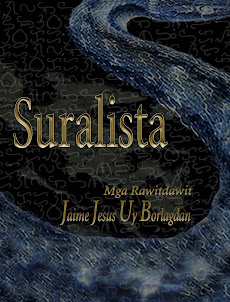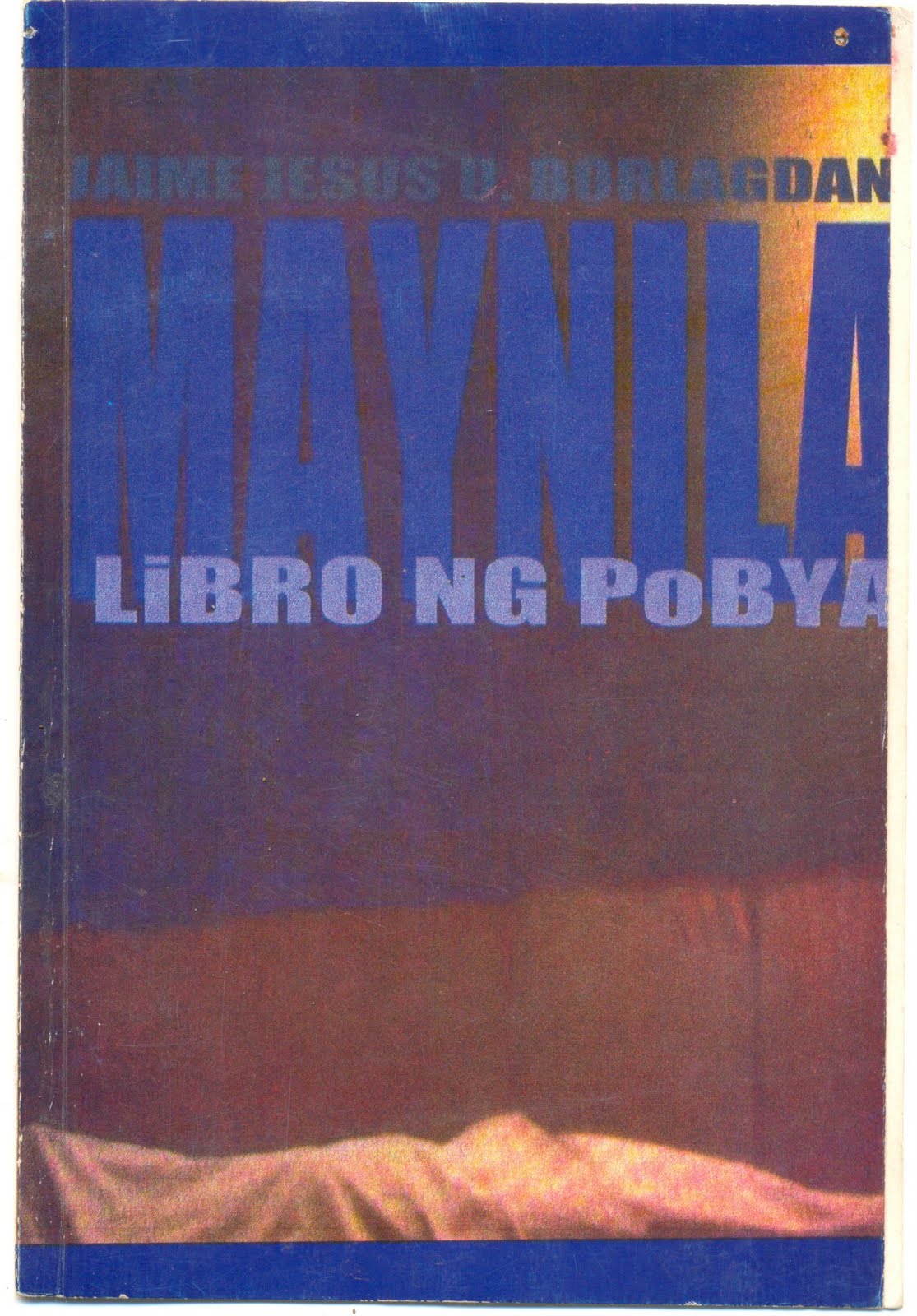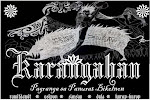An mga dahon--palan--nagtatabyon.
Sisay maka-isip kan pangangaipo?
Sisay makarumdom na iuro-otro?
Manlaen-laen na kusog, duon
kan tuklang, hiro na may marambong
na pigtataram.
Nugad pigsurusampilong kan dai,
nugad garo sana aki na pigtatapi-tapi.
Sisay naggakod ki rason?
Kisay naaampos an kurdon kan mala?
An mga dahon na ini, minsan buhay na
sa saindang berdeng dugo, minahiro
na minahiro na garo nanunungosungo.
Ay, ako pigsermonan, pigdidildilan
an sakong kamaangan.
“Ako minasayaw, ta igwang Kagsugo.”
Setyembre 29, 2012. Karangahan.
Hilinga
Posted by
Jai Jesus Uy Borlagdan
Saturday, September 29, 2012








0 comments:
Post a Comment